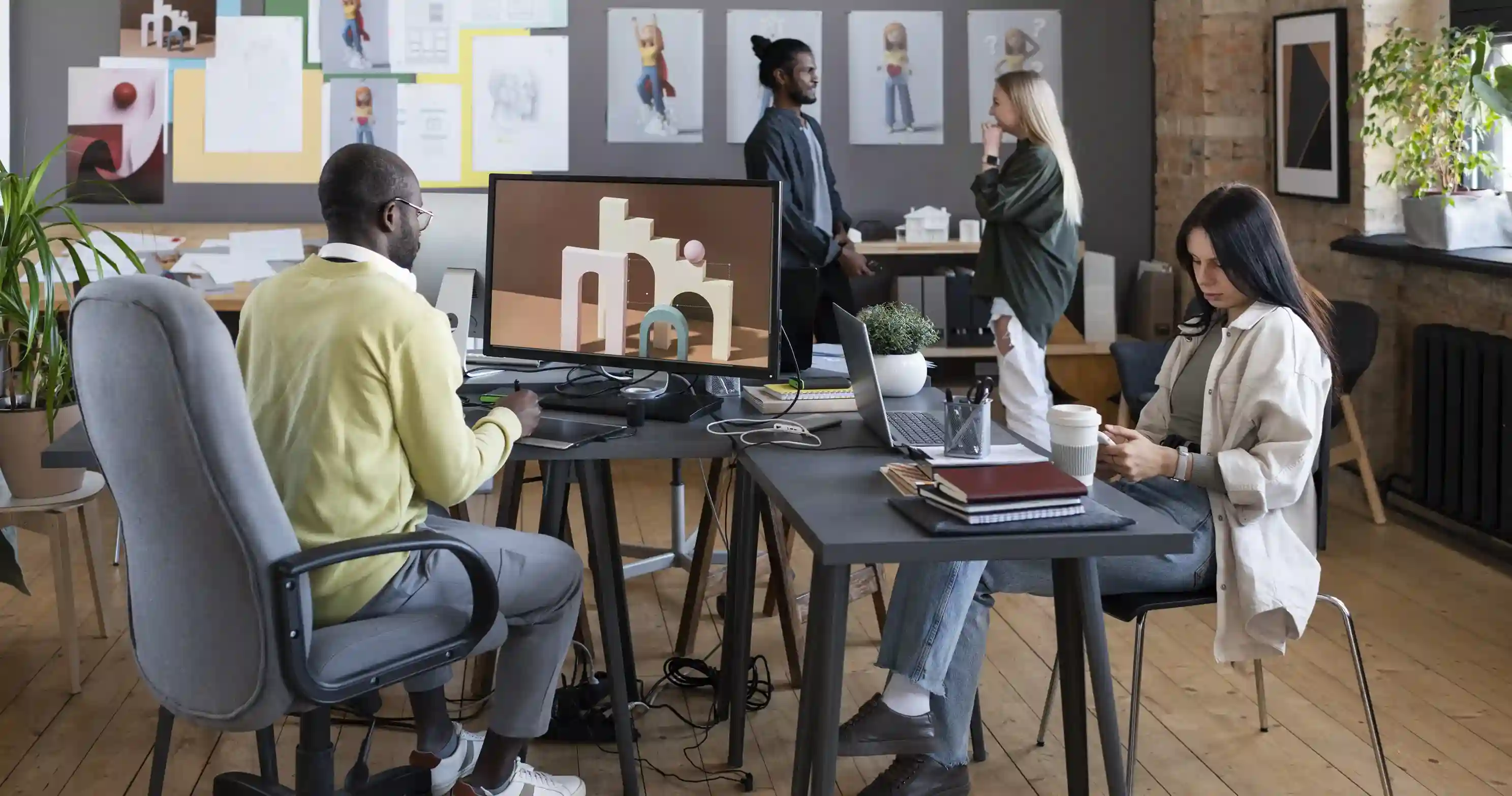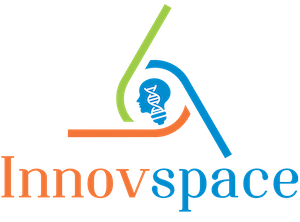Designing a Professional Workspace for Remote Teams

With the rise of remote work, creating a professional and productive workspace has become more important than ever. A well-designed workspace can enhance productivity, foster collaboration, and maintain a sense of professionalism, even when your team is spread across different locations. Here are some key considerations and tips for designing an effective workspace for remote teams.
1. Prioritize Ergonomics
Ergonomics is the foundation of a comfortable and efficient workspace. Remote team members should have access to adjustable chairs, desks at the correct height, and monitor stands to reduce strain on the eyes, neck, and back. Encouraging team members to invest in ergonomic equipment or providing stipends for such purchases can make a significant difference in their comfort and productivity.
Key Tips:
- Use adjustable chairs and desks to maintain proper posture.
- Encourage regular breaks to prevent fatigue and discomfort.
2. Optimize Lighting
Lighting plays a crucial role in setting the mood and energy levels of a workspace. Natural light is ideal as it reduces eye strain and boosts mood and productivity. When natural light isn’t available, opt for soft, white LED lights that mimic daylight. Avoid overhead fluorescent lighting, which can cause glare and discomfort.
Key Tips:
- Place desks near windows to maximize natural light exposure.
- Avoid harsh overhead lighting that can lead to glare and eye strain.
3. Create a Defined Work Area
Having a designated work area helps team members maintain a clear boundary between work and home life. Even in small spaces, setting aside a corner or a specific spot for work can help signal to the brain that it’s time to focus.
Key Tips:
- Encourage team members to establish a separate area dedicated to work.
- Use furniture or screens to create physical boundaries in shared spaces.
- Keep workspaces free of personal distractions to maintain professionalism.
4. Foster Virtual Collaboration
For remote teams, a well-designed digital workspace is just as important as a physical one. Utilize tools that facilitate seamless communication and collaboration, such as video conferencing, project management software, and shared document platforms. Ensuring that everyone has access to these tools and understands how to use them effectively is key.
Key Tips:
- Use reliable video conferencing tools to maintain face-to-face communication.
- Implement project management software to keep everyone on the same page.
- Encourage the use of shared documents and collaborative platforms to streamline workflows.
5. Encourage Personalization
Allowing team members to personalize their workspaces can enhance comfort and productivity. Whether it’s a favorite plant, motivational posters, or family photos, these personal touches can make a workspace more inviting and inspiring.
Key Tips:
- Encourage team members to add personal items that make them feel comfortable and motivated.
- Share tips on organizing desk space to balance personalization and professionalism.
- Foster a culture that values individuality while maintaining a cohesive team environment.
6. Minimize Distractions
A professional workspace should be free from distractions that can disrupt focus and productivity. Encourage team members to find quiet spaces or use noise-canceling headphones if they are in a noisy environment. Additionally, setting boundaries with household members or roommates about work hours can help minimize interruptions.
Key Tips:
- Use noise-canceling headphones to block out background noise.
- Set clear boundaries with household members about work hours.
- Keep the workspace organized and free of clutter to reduce distractions.
7. Promote Health and Well-being
Encouraging a healthy work environment goes beyond just ergonomics. Promote habits that support physical and mental health, such as regular breaks, stretching, and hydration. Providing resources for wellness programs or virtual fitness classes can also help.
Key Tips:
- Encourage short, frequent breaks to stand, stretch, and move around.
- Promote virtual wellness programs or group fitness activities.
- Provide resources on maintaining mental health, such as access to meditation apps or virtual counseling.
8. Maintain Consistent Communication
Set up regular check-ins, team meetings, and one-on-one sessions to maintain a strong connection and address any concerns. This also helps in fostering a sense of belonging and teamwork.
Key Tips:
- Schedule regular video meetings to keep everyone connected.
- Use instant messaging tools for quick and informal communication.
- Create an open-door policy where team members feel comfortable reaching out.
9. Ensure High-Quality Connectivity
Reliable internet and technology are essential for a professional remote workspace. Ensure that all team members have access to high-speed internet and the necessary devices to perform their tasks efficiently. Providing stipends for better internet or equipment upgrades can be a valuable investment.
Key Tips:
- Test internet speed regularly and troubleshoot connectivity issues.
- Offer financial support for internet upgrades or necessary tech equipment.
- Use tools that work efficiently on various devices and internet speeds.
10. Evaluate and Adapt Regularly
The needs of a remote team can change over time, so it’s important to regularly assess the effectiveness of the current workspace setup. Gather feedback from team members and be willing to make adjustments as needed to improve comfort, productivity, and satisfaction.
Key Tips:
- Conduct regular surveys to gather feedback on the workspace and tools.
- Be open to making changes based on team input and evolving needs.
- Stay updated on new technologies and trends that could enhance the remote work experience.
Conclusion:
Designing a professional workspace for remote teams is about creating an environment that fosters productivity, comfort, and collaboration. By focusing on ergonomics, lighting, personalization, and technology, you can ensure your remote team stays engaged and productive. Remember, the goal is to create a workspace that supports both the professional and personal well-being of your team members.

